Officine Fioravanti Ferrari Testarossa
Is there a more iconic supercar of the 1980s than the Ferrari Testarossa? Probably not. Even today, almost every child recognizes this car as a Ferrari at first glance. The wide rear wheel arches with the characteristic ribbed air intakes that extend into the doors are world famous. Likewise, you know the wedge shape, the typical five-spoke rims and the pop-up headlights. Is it permissible to modify such a design icon or even produce a restomod based on it? The Swiss design house Officine Fioravanti answers both questions in the affirmative, but adds the phrase “with style”. In fact, uninitiated onlookers might completely miss at first glance that this white painted Testarossa has indeed been modified. Based on an early “Monospecchio” with only one wing mirror, a wolf in sheep’s clothing was created.
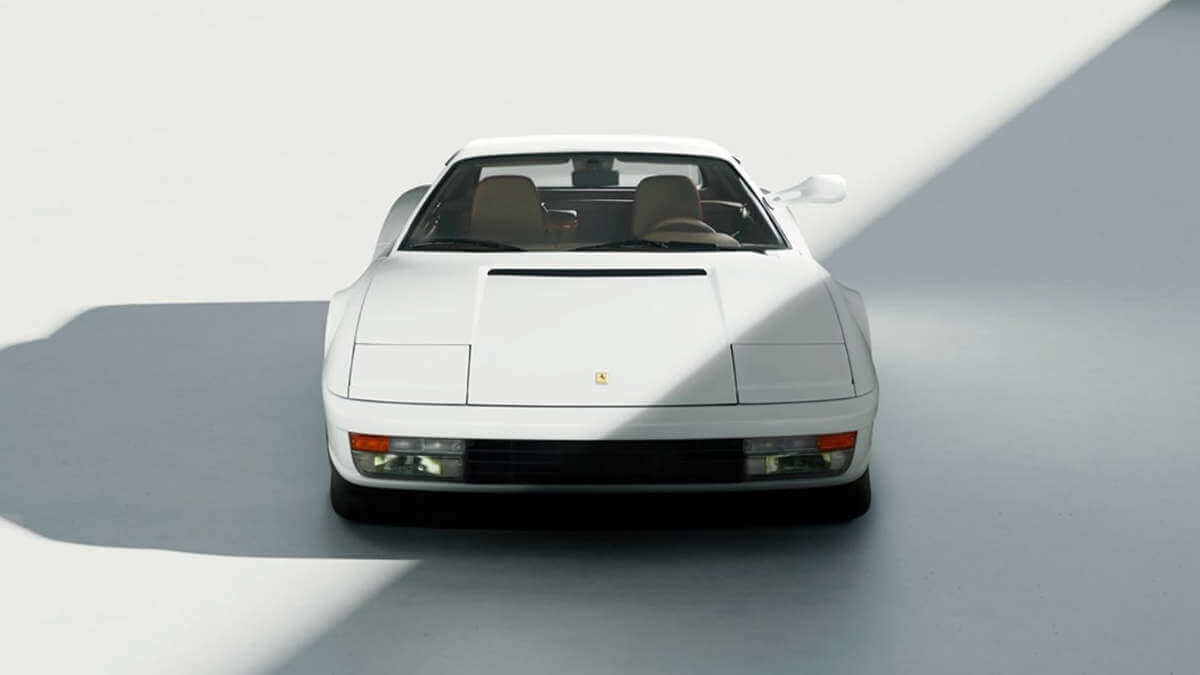



























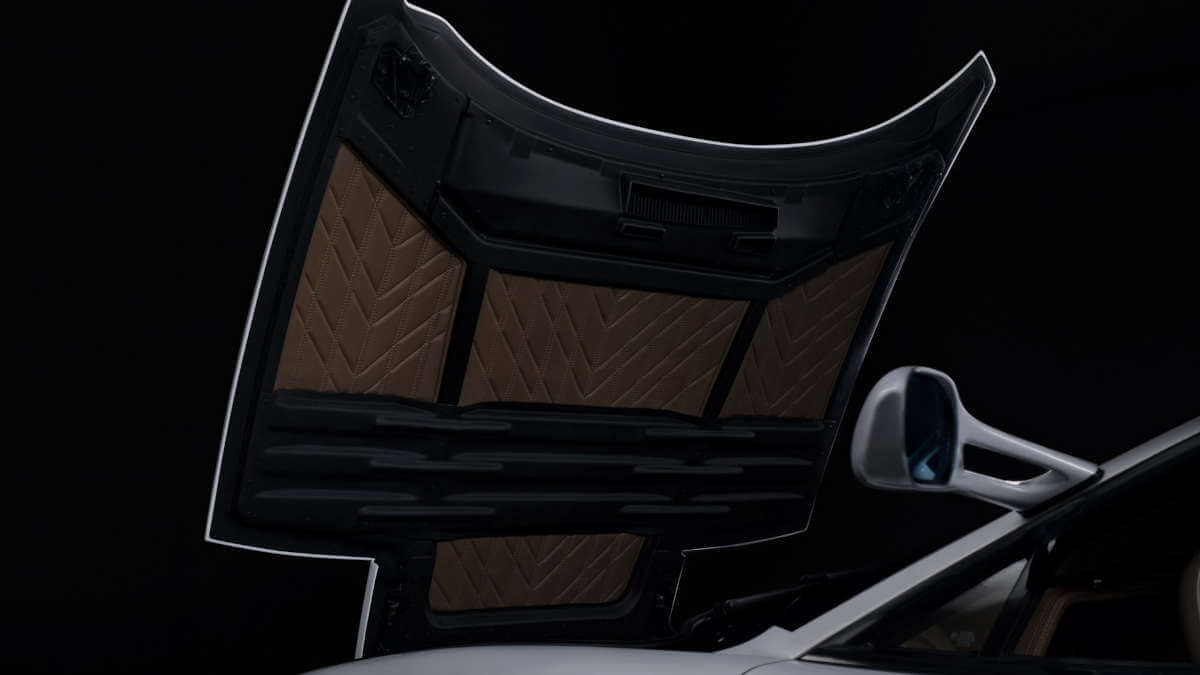



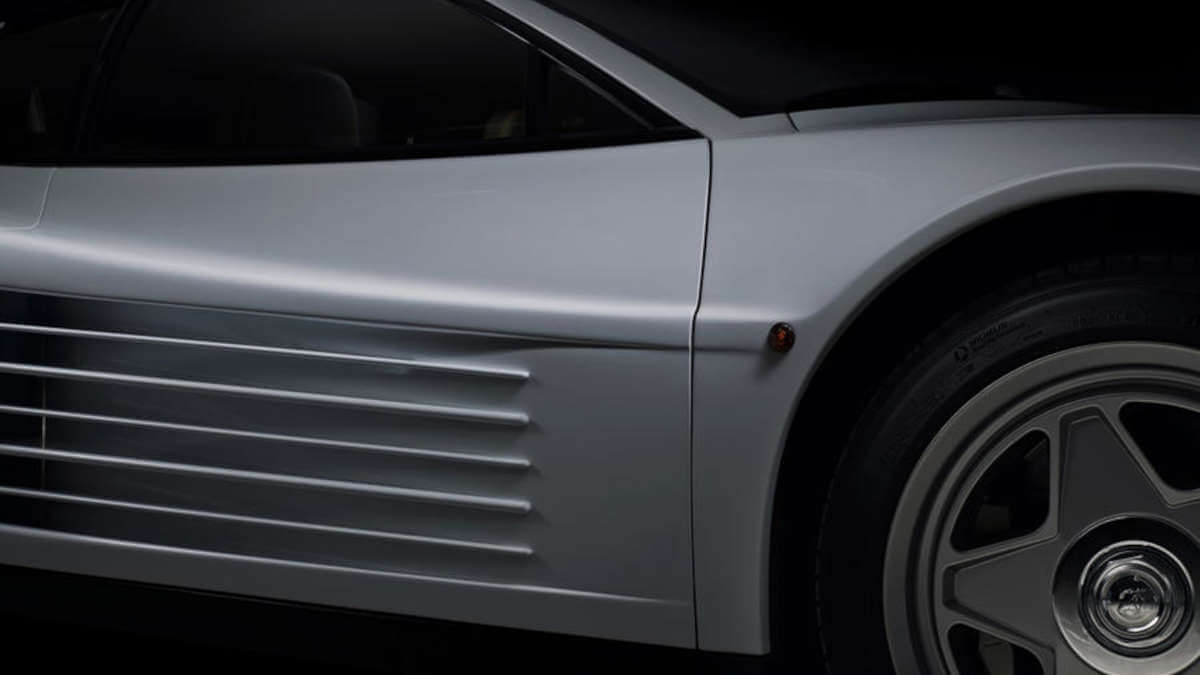



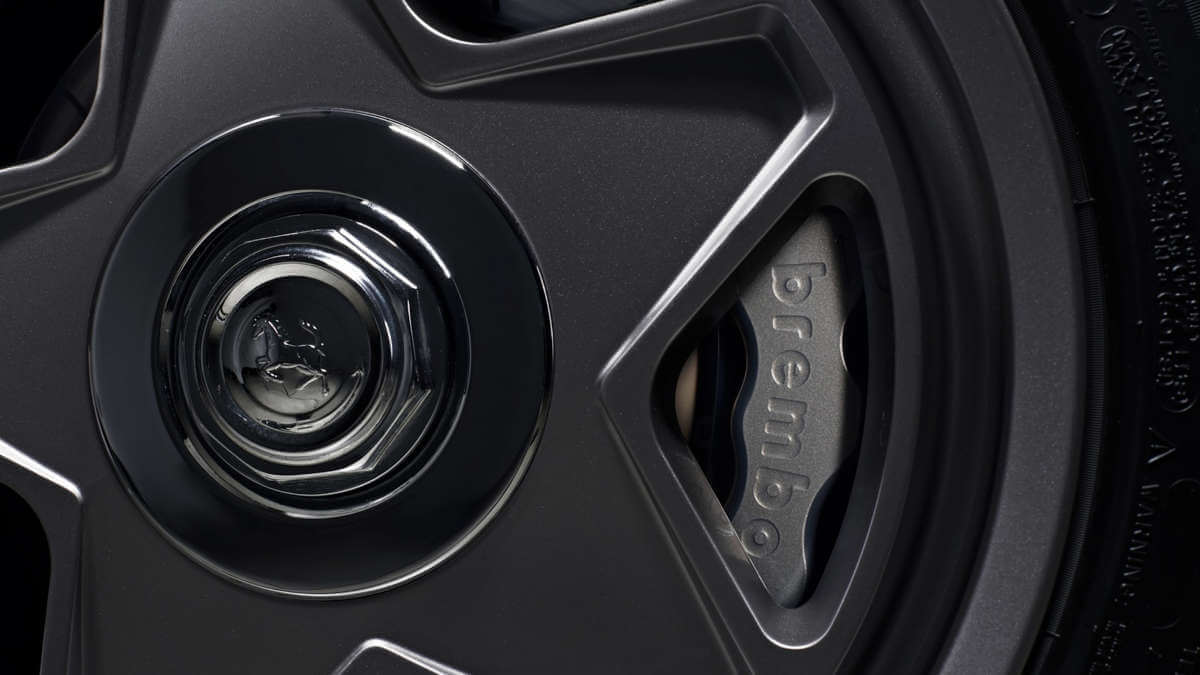



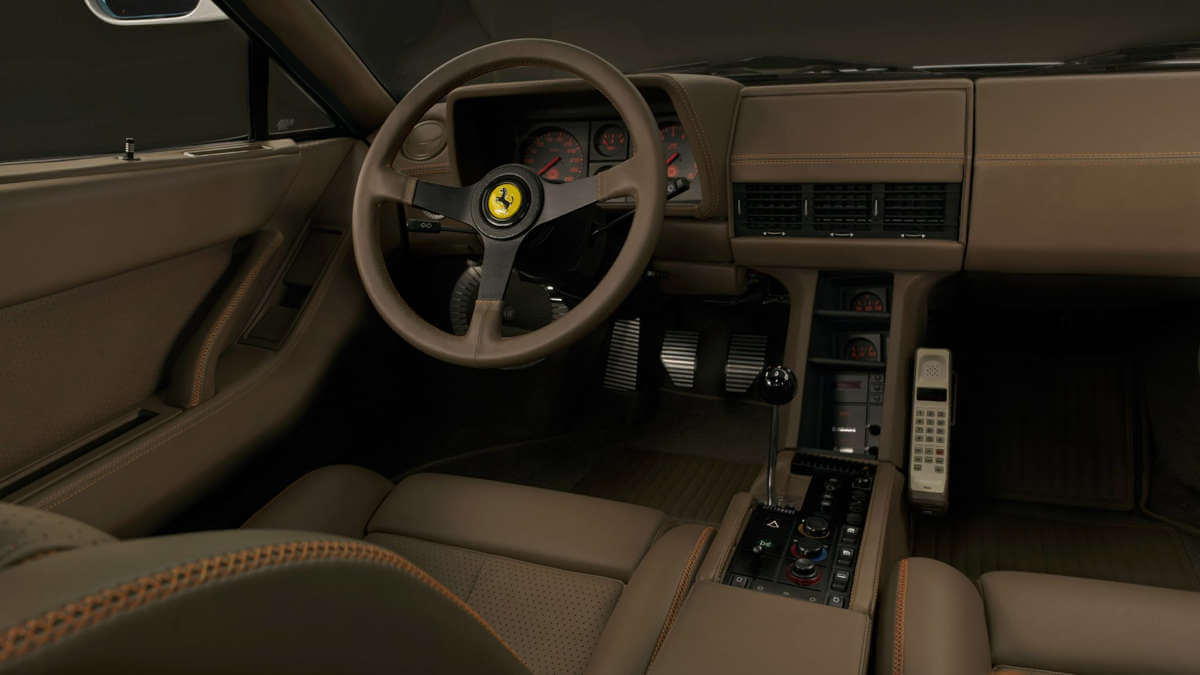







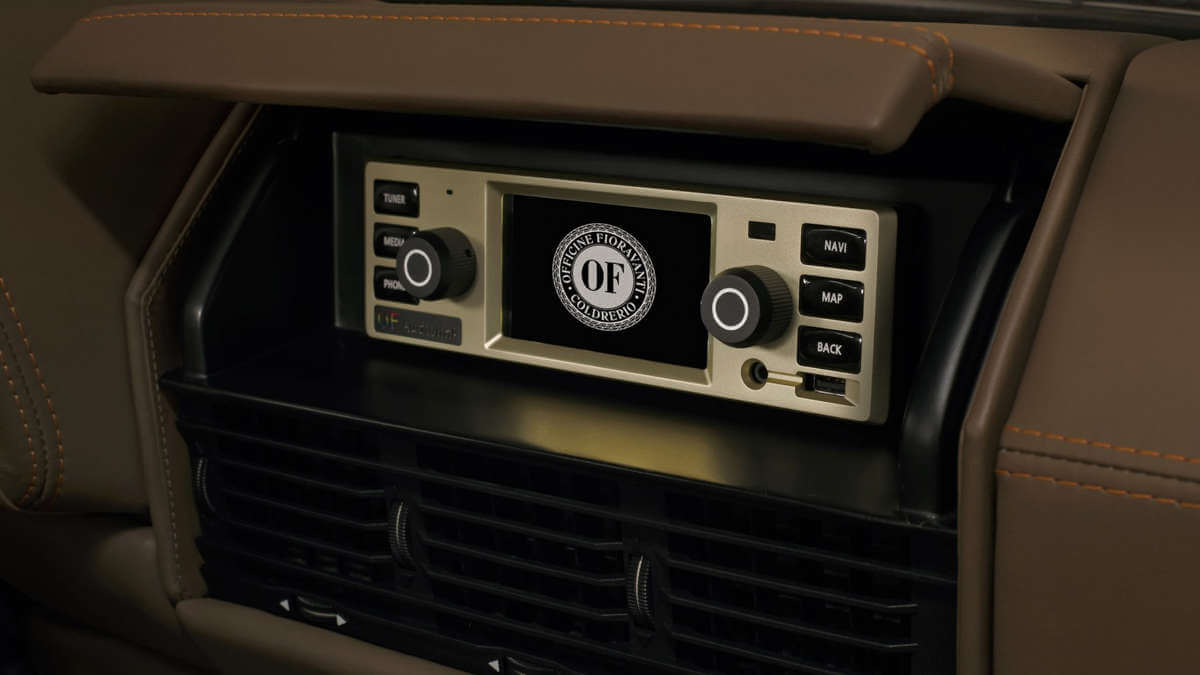







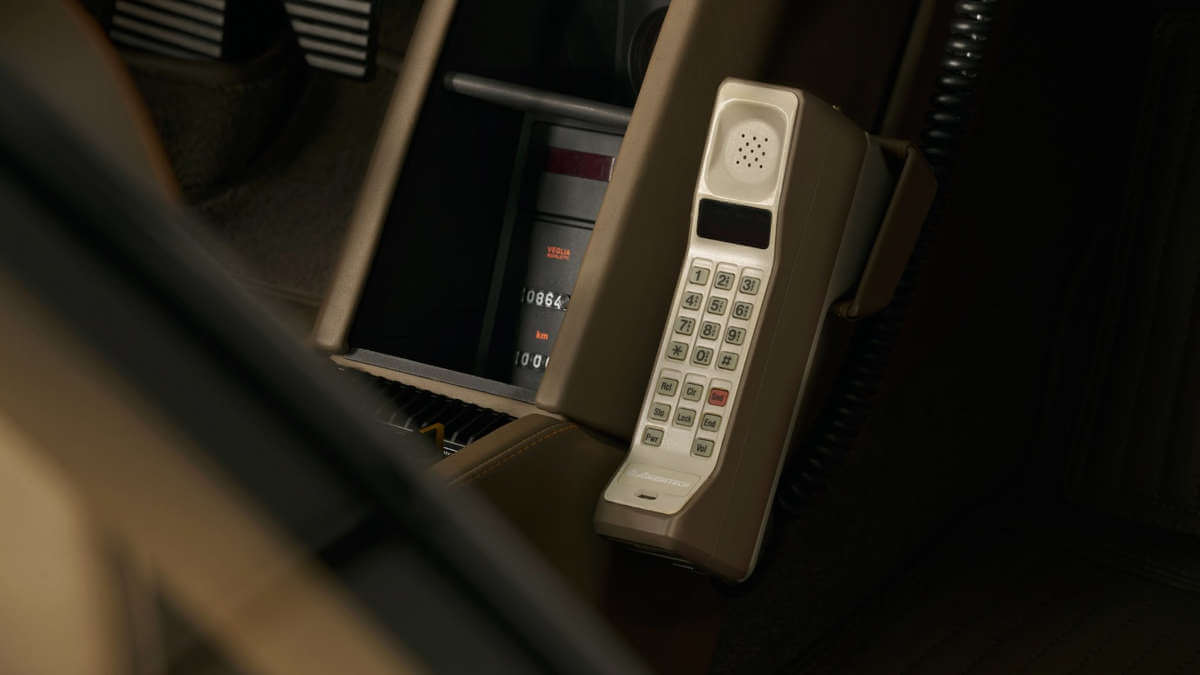







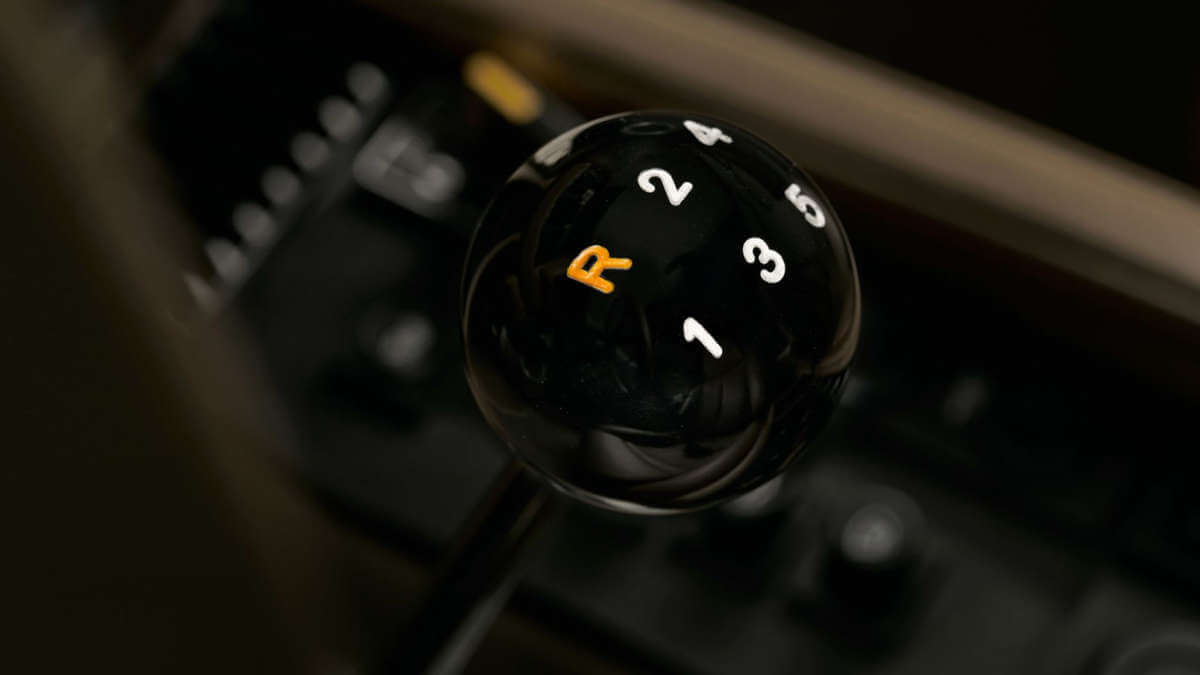







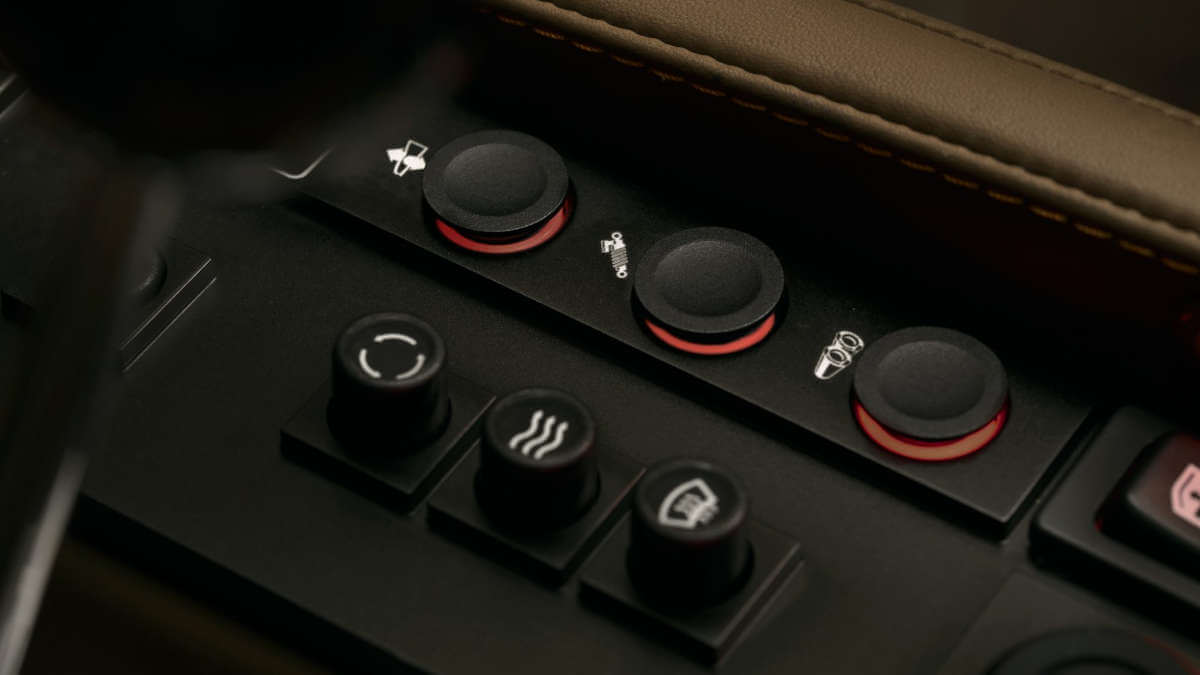



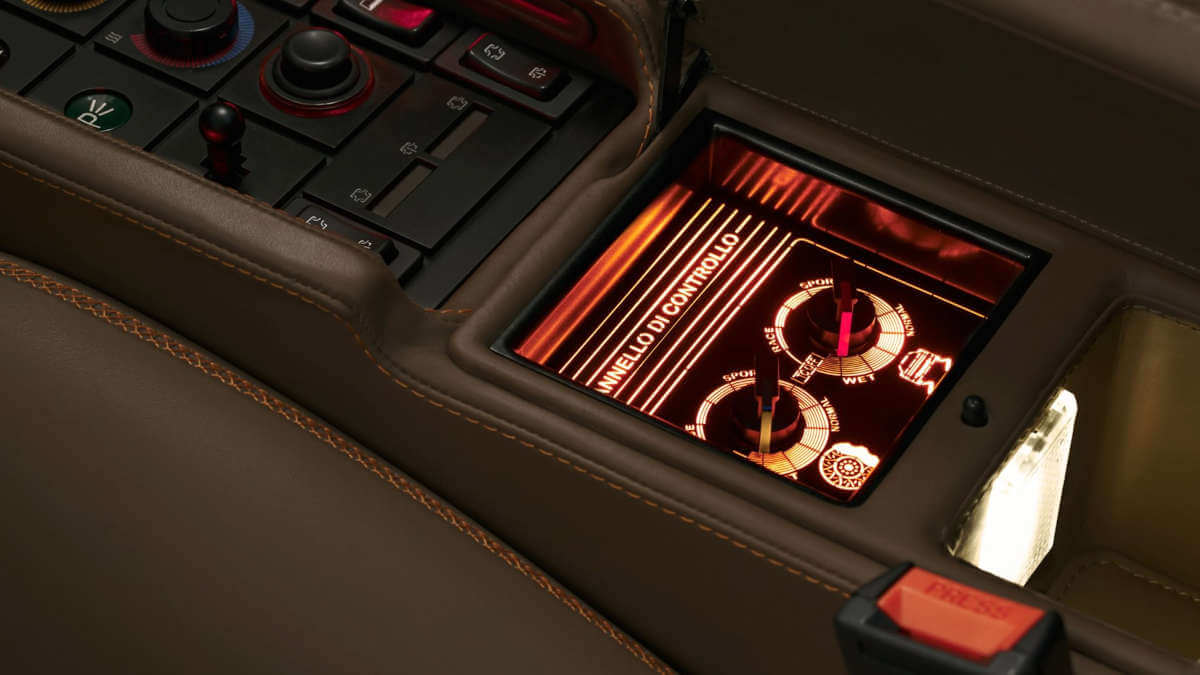







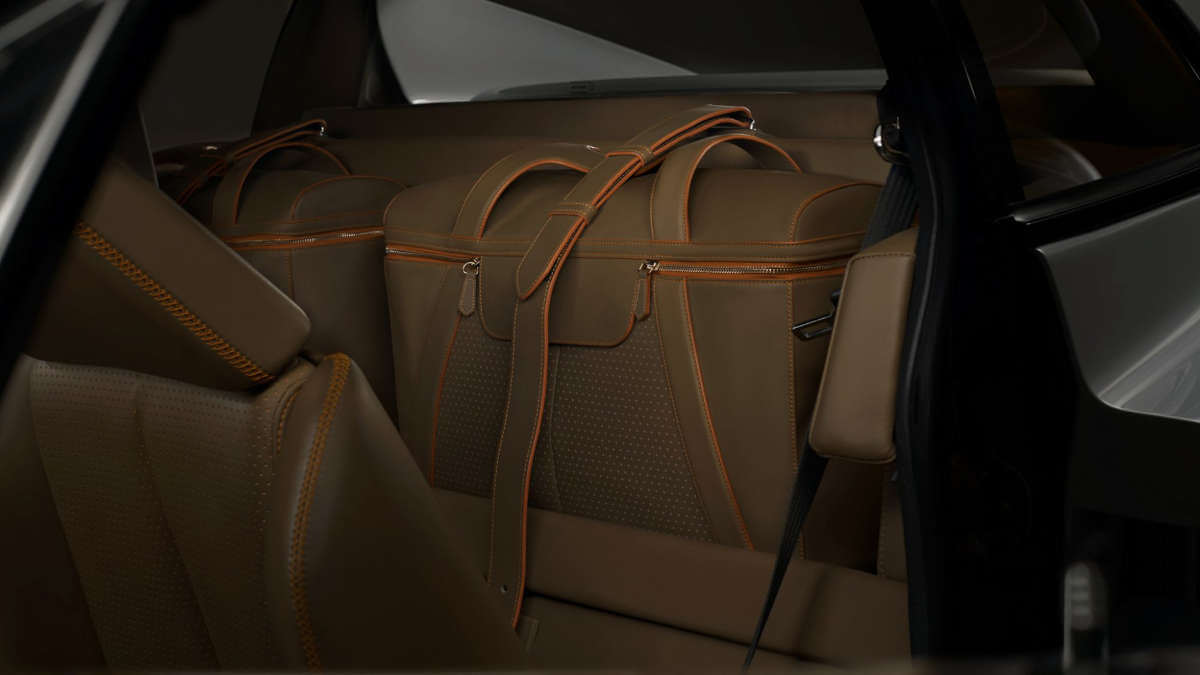







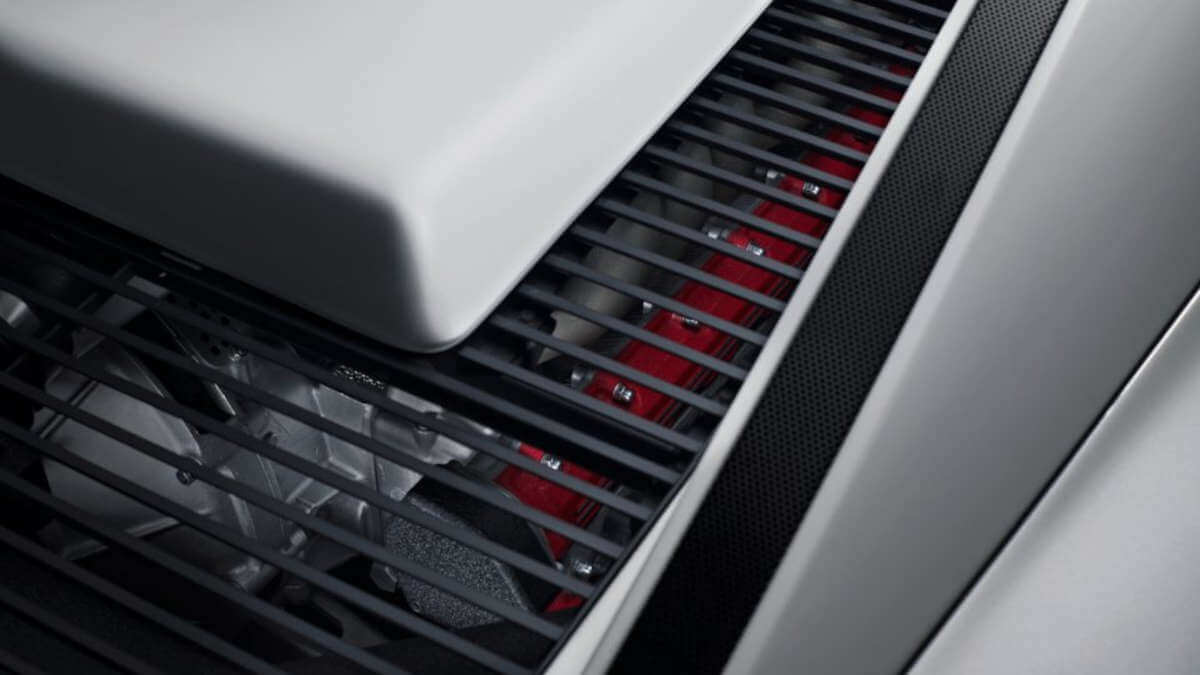







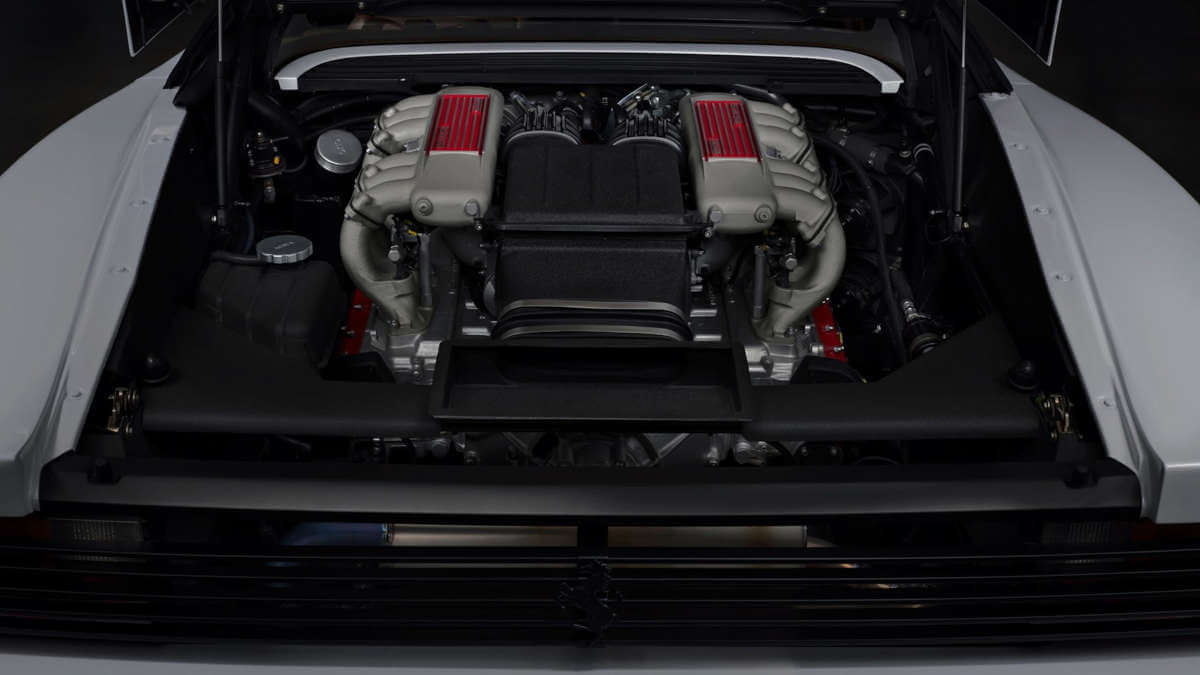



Little change to the exterior
In fact, some of the changes don’t even reveal themselves at second glance. The alloy wheels look correct, but are true copies of the original in 17 inches at the front and 18 inches at the rear. Behind the angular spokes, brake calipers of the Brembo brake system with variable ABS peek out. For the suspension, Öhlins dampers and new adjustable anti-roll bars with special tuning are used. Hardness and response can be adjusted by the driver. Behind the passengers is still the flat V12 engine with 180-degree bank angle and 4.9 liters of displacement, familiar from the original Testarossa. However, modern tuning methods provide a power increase of 120 hp to now 510 hp as well as an increase in the redline to 9,000 rpm. Two different mappings can be selected from the cockpit. During test runs, the prototype reached a topspeed of 201 mph. A new soundtrack is created by the new valve-controlled exhaust made of Inconel and titanium
Targeted modifications to the interior
Compared to the baseline, Officine Fioravanti was able to reduce the curb weight by 130 kilograms. And it did so without using a single component made of carbon fiber. In the opinion of the Swiss company, this material doesn’t fit the philosophy of this 80s supercar. Accordingly, not much was changed on the body and no spoiler lips or wings were added. Instead, there are a few modifications in the interior that even uninformed observers might notice. Fioravanti replaced the factory plastic knobs with metal ones and integrated a couple of modern interfaces. A navigation radio including Apple CarPlay is hidden under the central flap on top of the dashboard. There are also control units for the suspension, exhaust system, ABS and traction control. A Bluetooth phone handset in the style of old car phones hangs on the passenger side. There are no details on the price as yet.
Images: Officine Fioravanti




